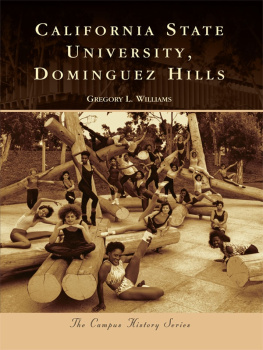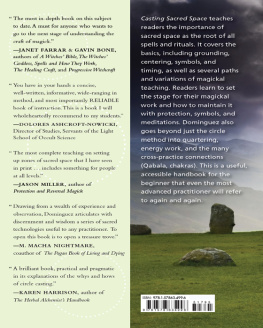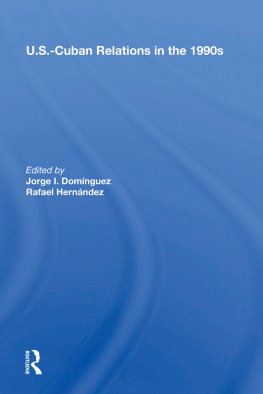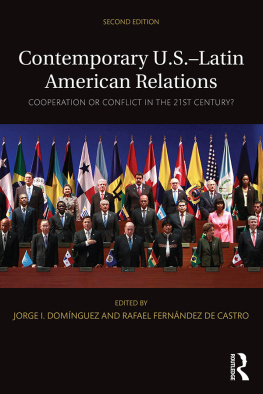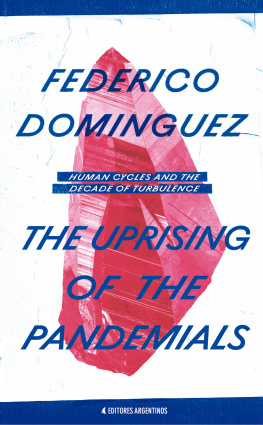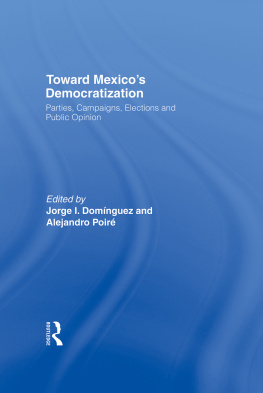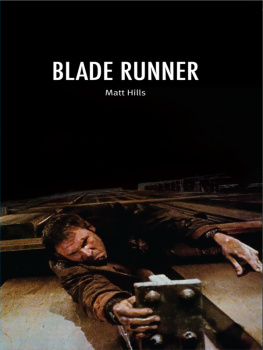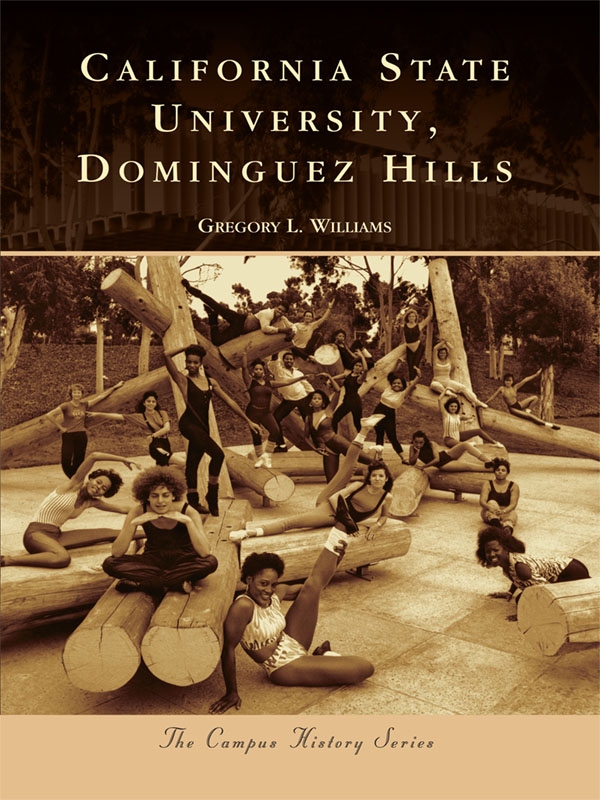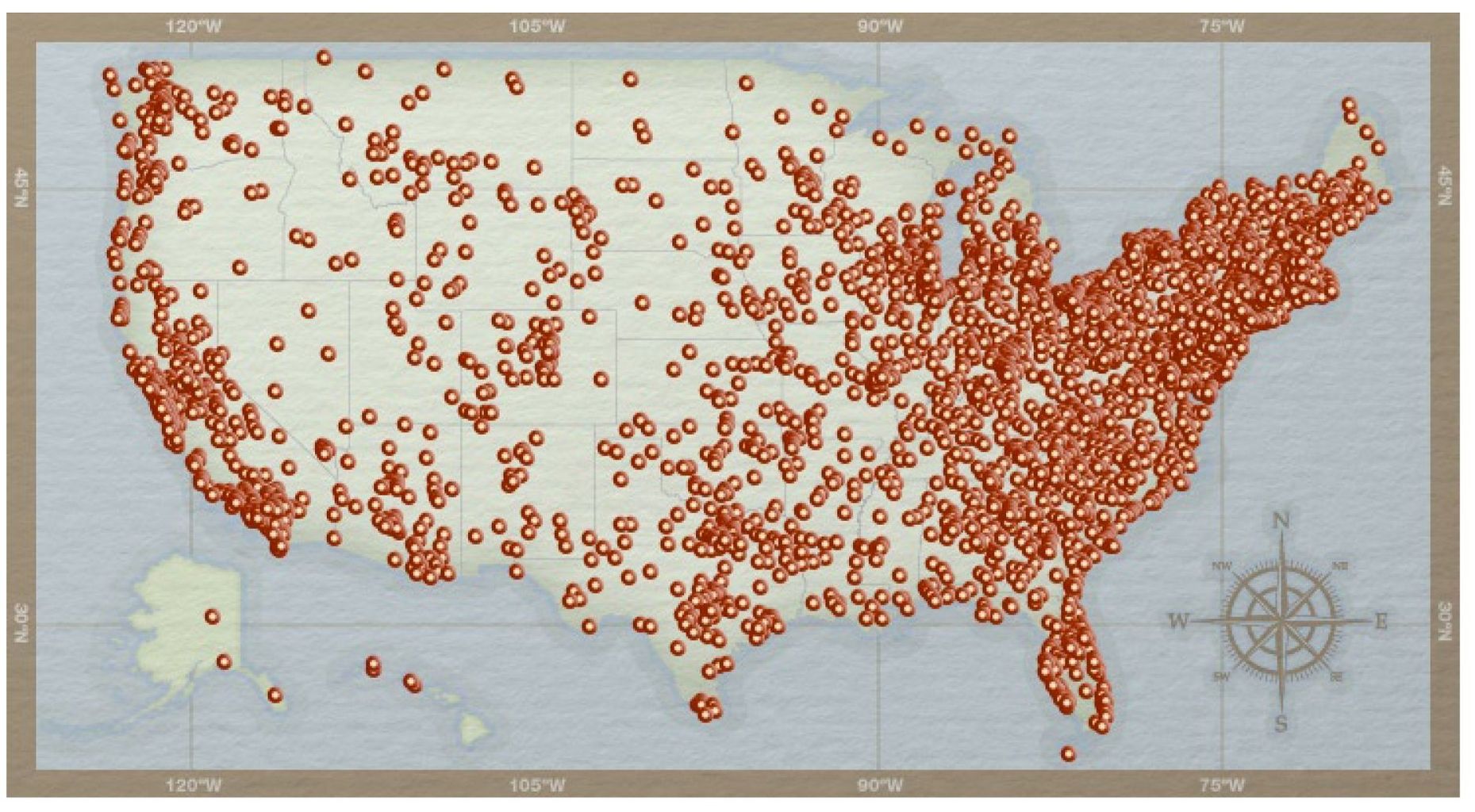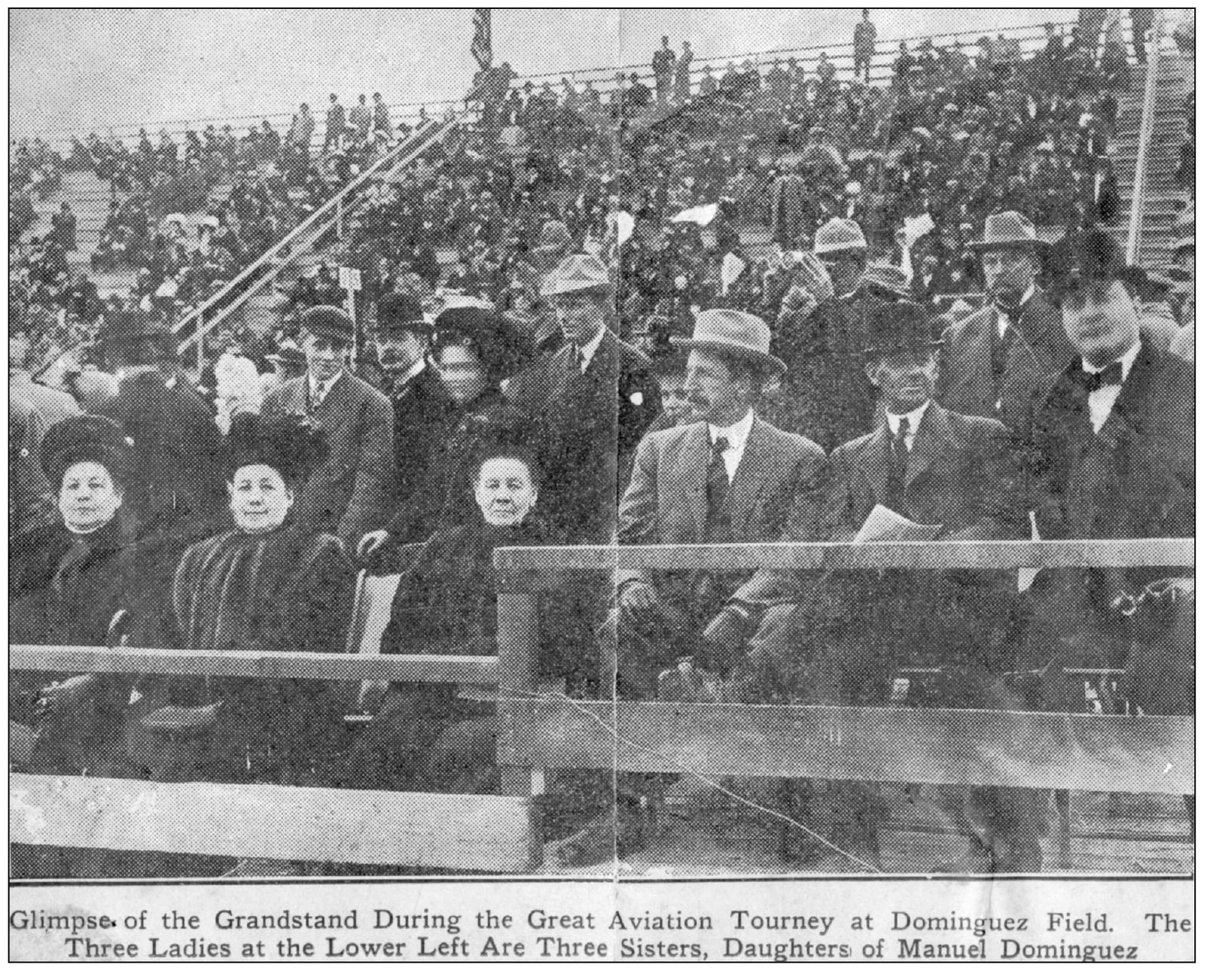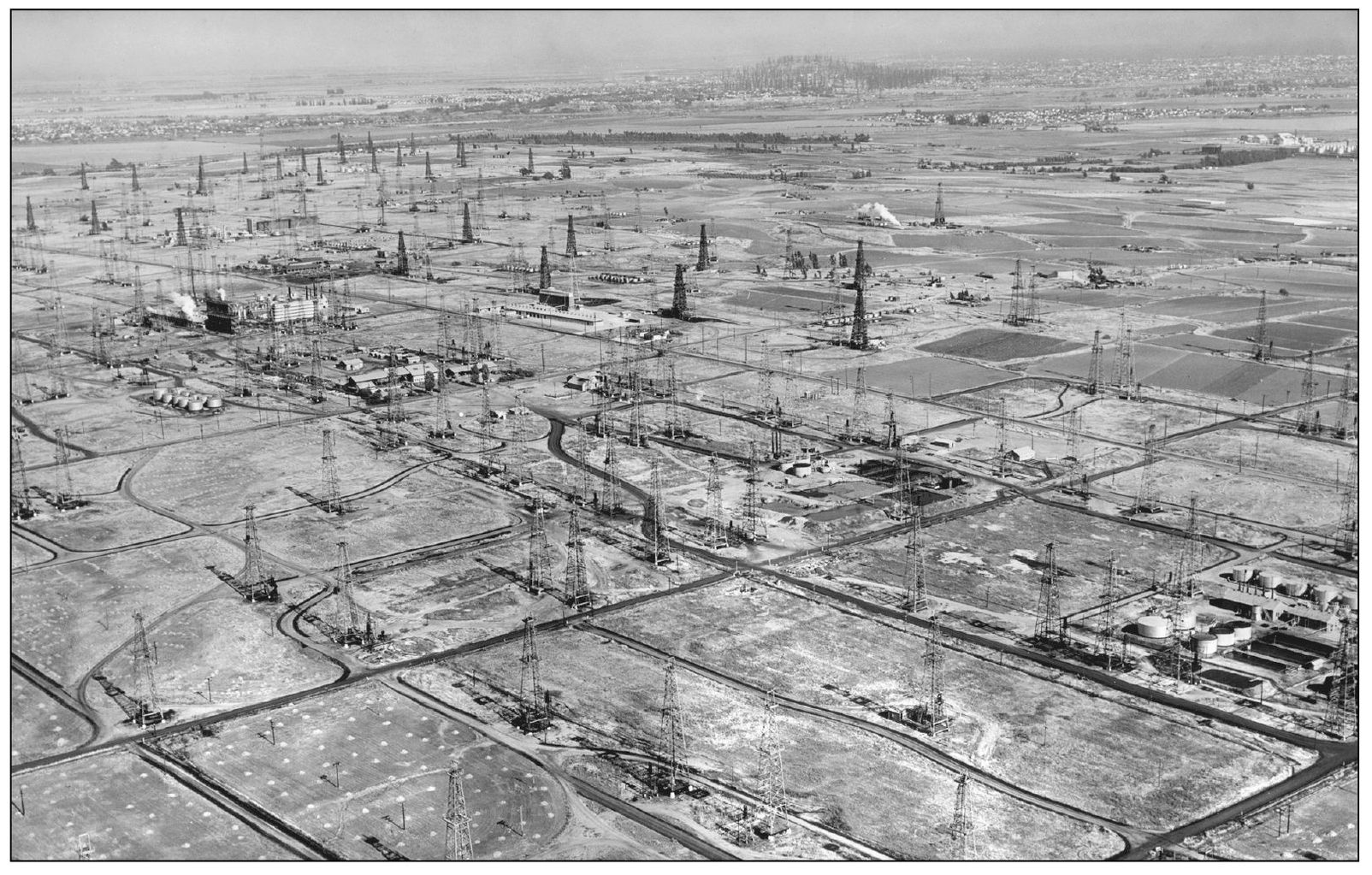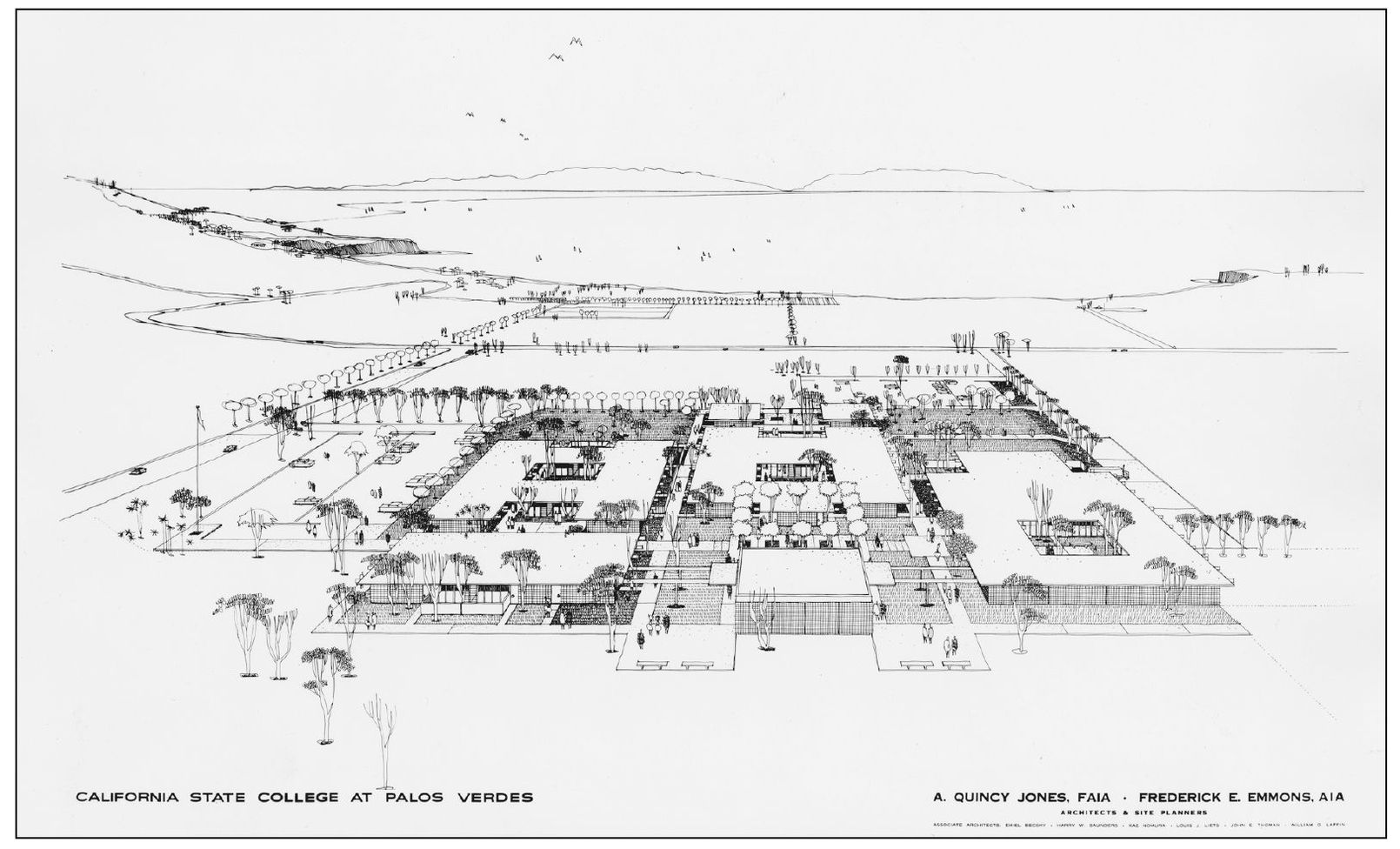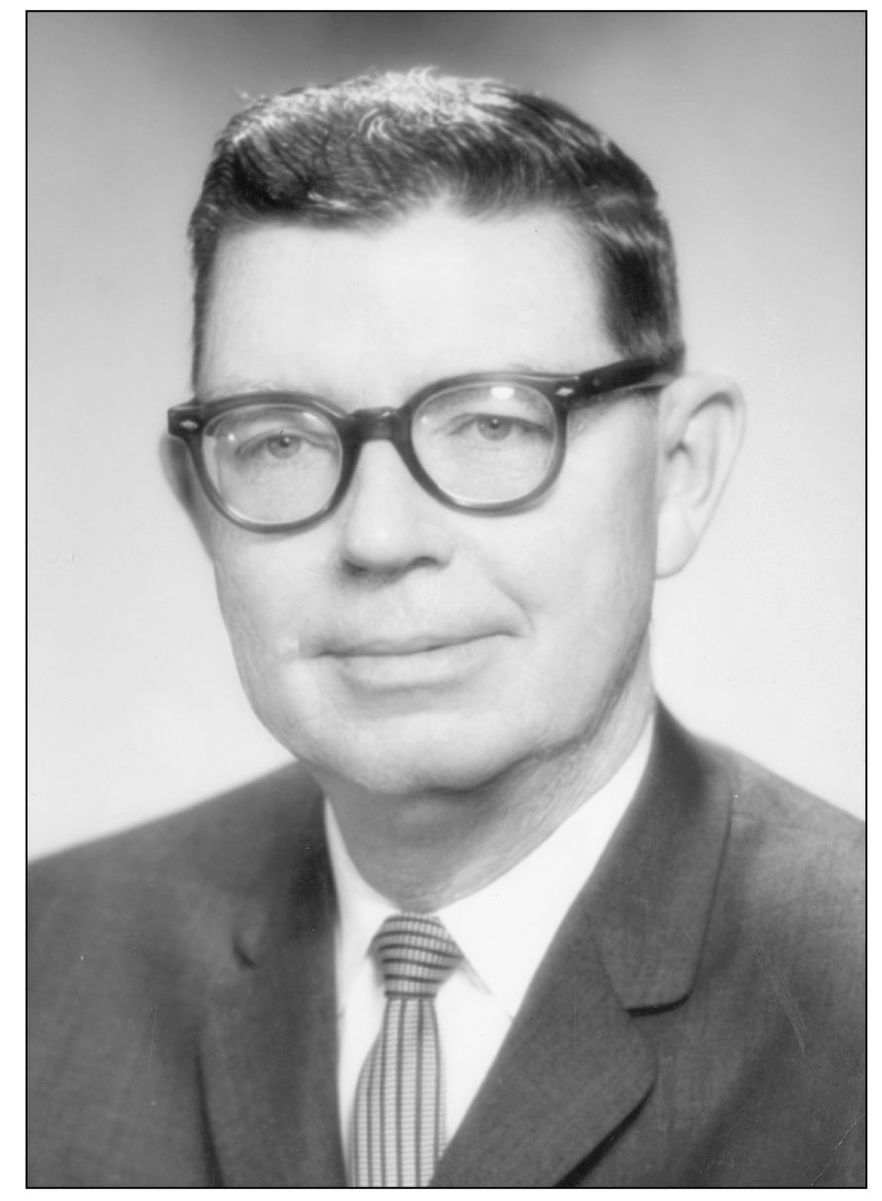One
CAMPUS BEGINNINGS THE 1960S
In the short history of our own college, change and uncertainty have been almost a way of life.... Within our first year of operation the college not only changed its location, but its name.... We found ourselves at the end of this first year closely bound together in the enterprise of higher education; more aware than ever that our institution should not become just another knowledge factory; that, rather it should be a testament to mans perennial struggle to make a better world for himself, his children and his childrens children.
Pres. Leo Cain in the 19651966 yearbook.
At times, CSU Dominguez Hills has seemed caught in a maze of unyielding circumstance and social change. First it was a suburban college housed in a bank building in Rolling Hills Estate, then an urban college in an apartment complex, and finally a university in a beautiful setting in Carson with modern buildings. First there was a homogeneous set of students from the South Bay suburbs, and then there were those from throughout Los Angeles, bringing to campus students of African American, Hispanic, Asian, and European heritage. And at first there were college-age students, and then students of all ages and abilities. The universitys tradition of welcoming diverse and non-traditional students began in the 1960s.
As 125 students moved onto the Dominguez Hills Watt Campus in 1966, the site was not yet ideal. Oil well fires occasionally took place across the street on what was to become the permanent campus. Rarely were classes full. Only one of 56 classes had more than the state average of 20 students, according to a state audit. Nevertheless, education took place. The interests and activities of students ranged from automobiles and camping to protesting tuition, the Vietnam War, and local police actions. By the end of the decade, groups of African American and Hispanic students had formed organizations to lobby for a more diverse faculty and curriculum. While the 1960s ended in some discord, the lack of an entrenched bureaucracy and the presence of a young faculty resulted in minimal campus unrest at CSC Dominguez Hills.
The land surrounding and including CSU Dominguez Hills is part of the original 75,000-acre Rancho San Pedro, granted to Juan Jose Dominguez by King Carlos III of Spain in 1784. Manuel Dominguez (pictured here) inherited the rancho in the 1820s. While California was controlled by Mexico and later by the United States, Manuel consolidated his hold on the lands, developed a rancho headquarters, and served in many civic capacities in Los Angeles.
The daughters of Manuel Dominguez inherited the remaining lands of the Rancho San Pedro in the late 19th century. Three of the sisters are pictured below (left side first row) in 1910, when the Los Angeles International Aviation Meet was held on Dominguez lands. This aviation event was the first international meet held in the United States and planted the seed for the aerospace industry in Southern California.
After World War I, oil drilling and oil refineries spread throughout South Bay Los Angeles. Among the many areas dotted with oil derricks was Dominguez Hills. The area brought considerable wealth to the Dominguez heirs through the 1940s. The oil fields were still in evidence when the college arrived at Dominguez Hills in 1966.
Reacting to calls for a state college along the coastal area of southern Los Angeles County, the California legislature established South Bay State College in 1960. After considerable debate about location, Palos Verdes was chosen. The college was named CSC Palos Verdes in 1962. This view of the campus envisioned by architect A. Quincy Jones and the eventual campus at Dominguez Hills share a similar layout, minus the ocean views.
Leo Cain was appointed president of South Bay State College in 1962 and guided the establishment of the college through two name changes, 40-plus potential sites, political attempts to shut down the college, and the institutions architectural and curriculum development. Previously Cain had taught at San Francisco State College, where hed created courses for teachers of gifted and disadvantaged children.

